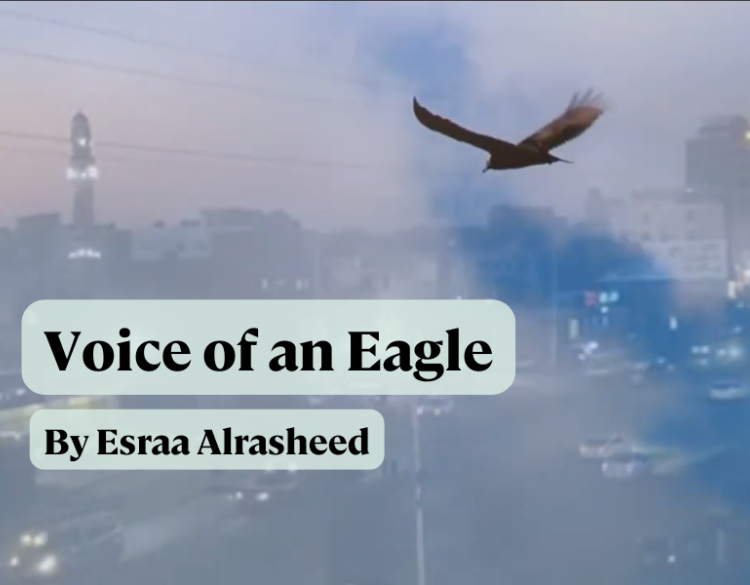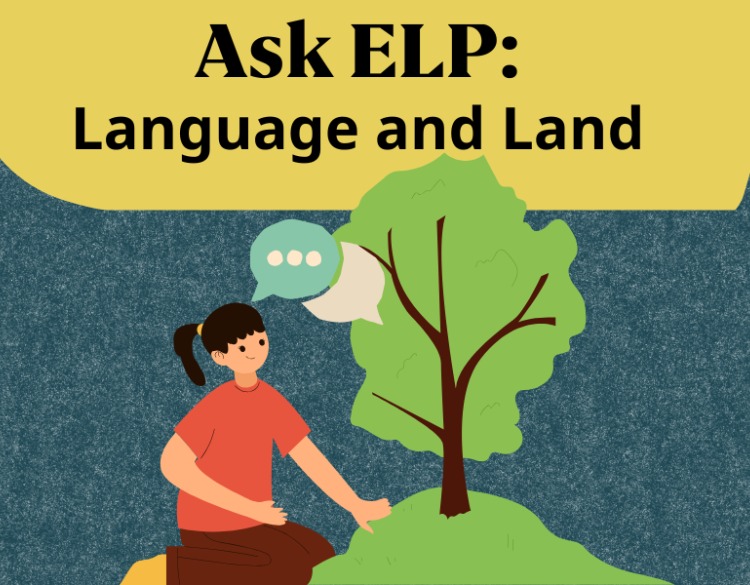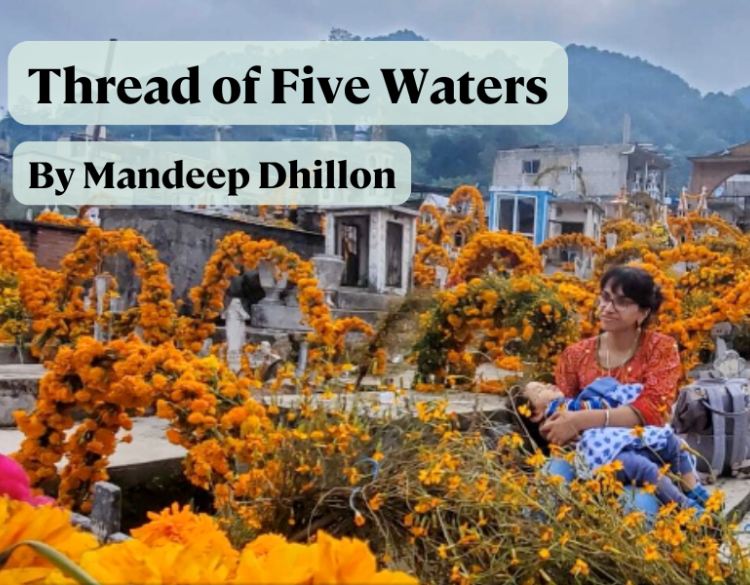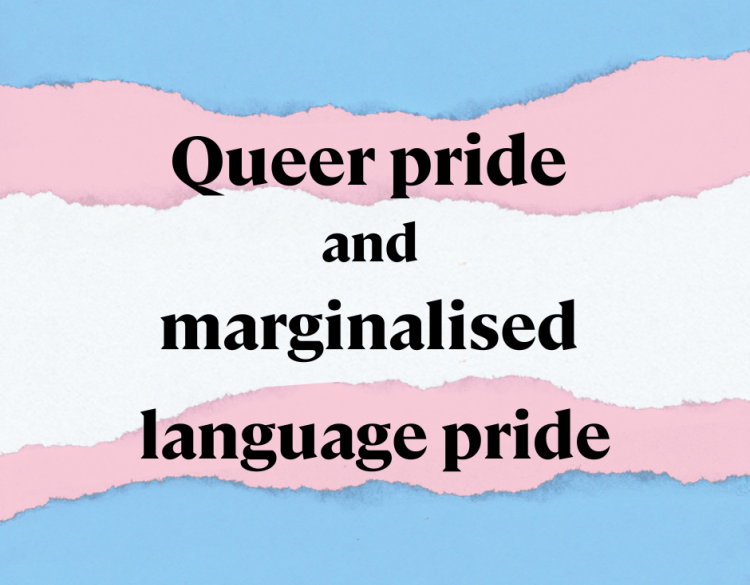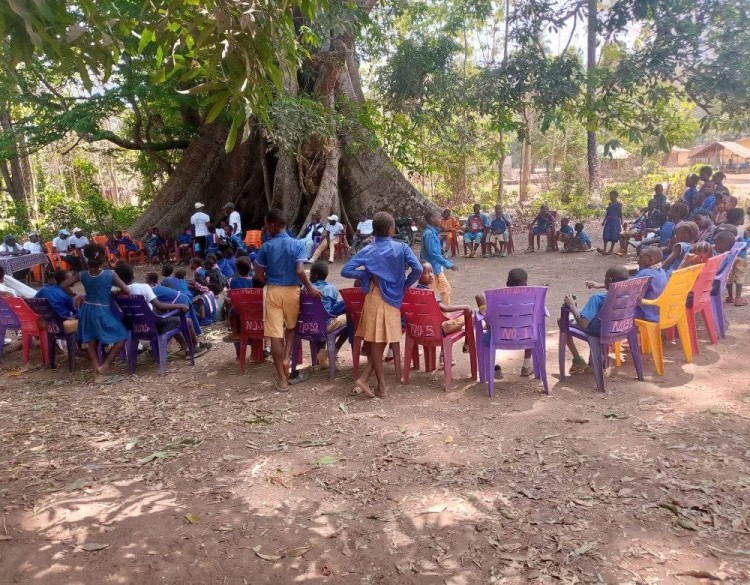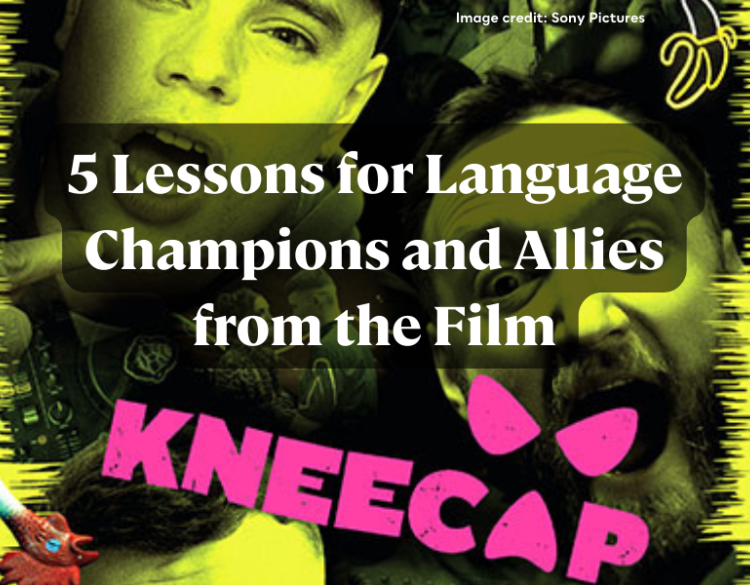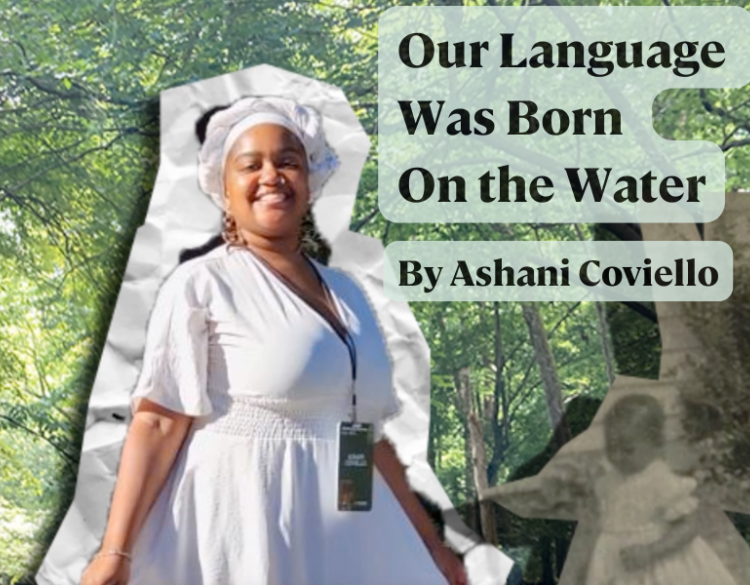Stories
Stories about language work from around the world.
All Posts
Results 1 - 9 of 67
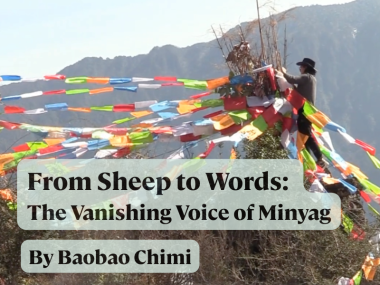
Film, TV, and Video
Film, TV, and Video
Stories, Oral Histories, and Personal Experiences
Stories, Oral Histories, and Personal Experiences
Submitted by
Baobao ChimiPublished on:
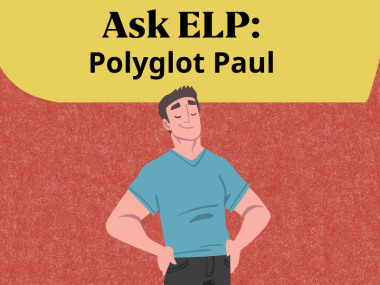
Ethics and Protocols
Ethics and Protocols
Submitted by
Alexandra PhilbinPublished on:

Ethics and Protocols
Ethics and Protocols
Submitted by
Alexandra PhilbinPublished on:

Ethics and Protocols
Ethics and Protocols
Submitted by
Alexandra PhilbinPublished on:

Ethics and Protocols
Ethics and Protocols
Submitted by
Alexandra PhilbinPublished on:

Ethics and Protocols
Ethics and Protocols
Submitted by
Alexandra PhilbinPublished on:

Ethics and Protocols
Ethics and Protocols
Submitted by
Alexandra PhilbinPublished on:

Ethics and Protocols
Ethics and Protocols
Submitted by
Alexandra PhilbinPublished on:
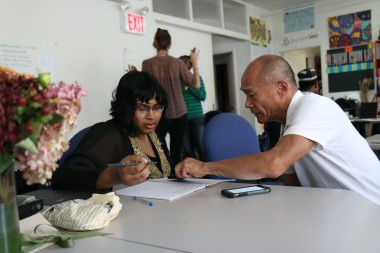
Language Revitalization
Language Revitalization
Language Planning and Policy
Language Planning and Policy
